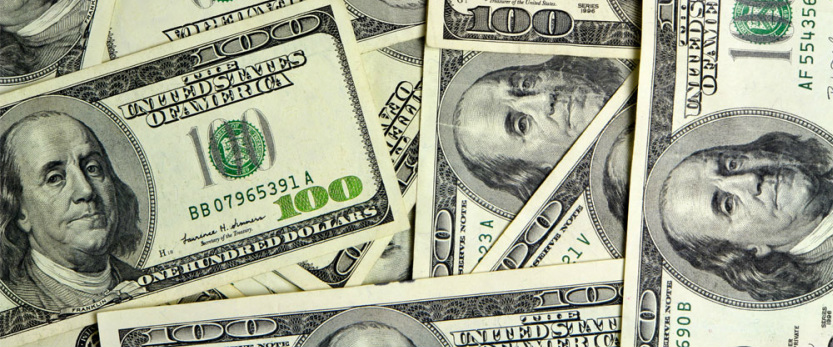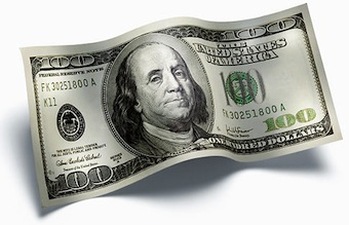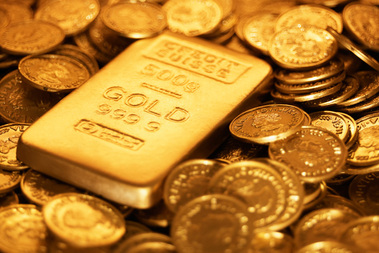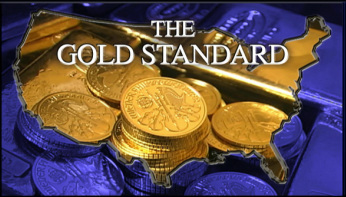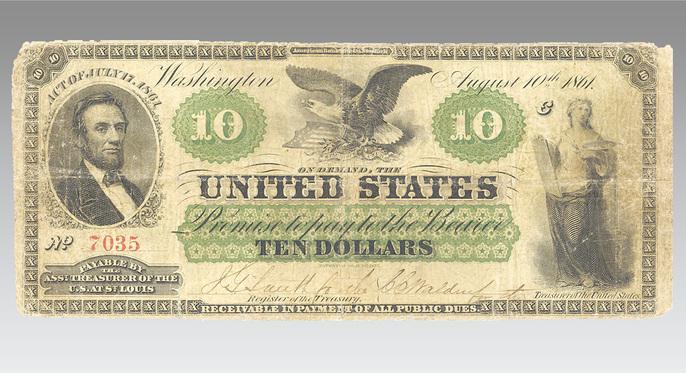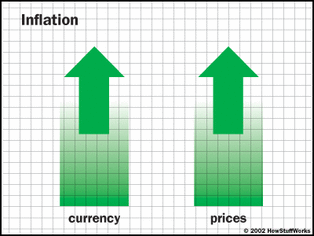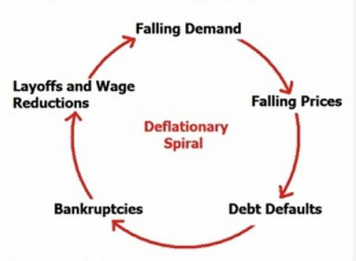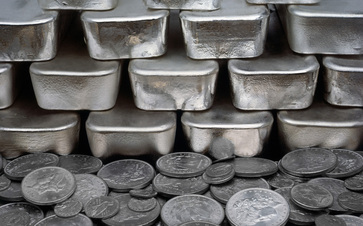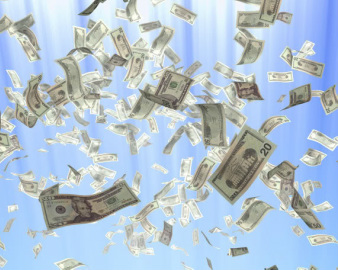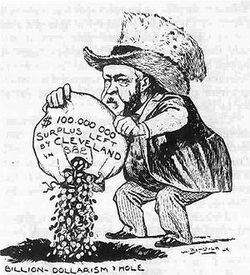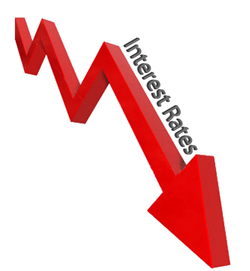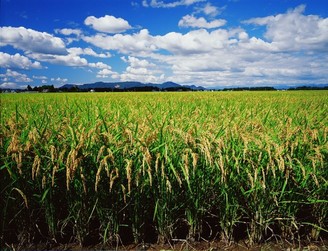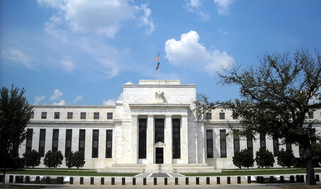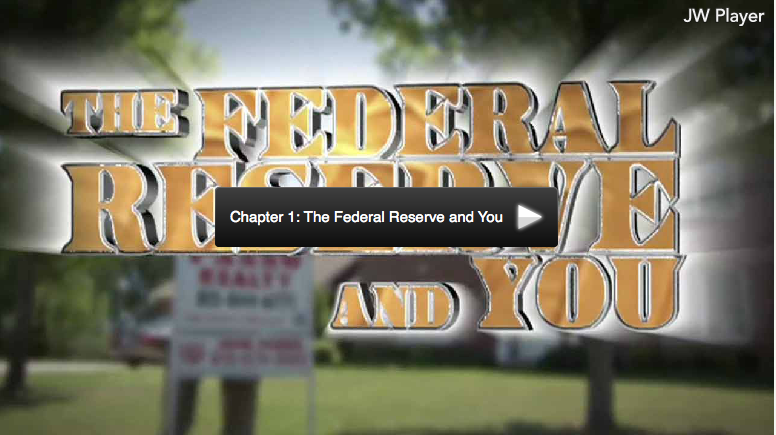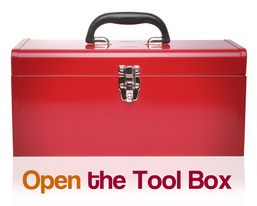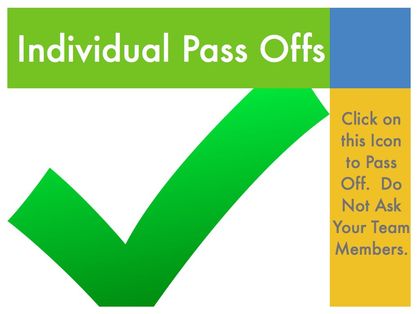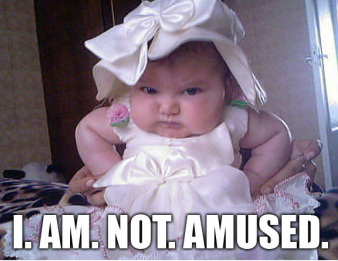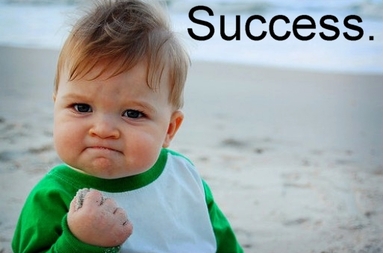Focus Activity - Determining a Purpose for Reading
Lesson Outcomes
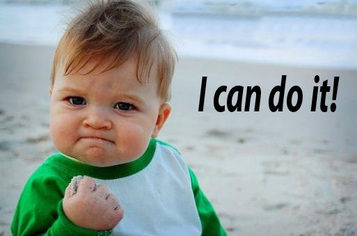
Outcomes are what you (the student) will be able to do after the lesson is over.
1. I can define historical, political, economic, social, and historical vocabulary necessary to understanding the lesson.
2. I can explain why there was a shortage of money in circulation in the 1880s and 1890s.
3. I can explain why the shortage of money in circulation added to the economic woes of farmers and poor people.
4. I can compare and contrast the the gold standard and silver standards.
5. I can justify the Populist Party push for a more democratic money system.
1. I can define historical, political, economic, social, and historical vocabulary necessary to understanding the lesson.
2. I can explain why there was a shortage of money in circulation in the 1880s and 1890s.
3. I can explain why the shortage of money in circulation added to the economic woes of farmers and poor people.
4. I can compare and contrast the the gold standard and silver standards.
5. I can justify the Populist Party push for a more democratic money system.
Today's Mission
- Teaching Activity - Guided Reading: Read the Topic 2 Lesson 11 Module: Making Money
- Team Activity - Discussion Questions for the Topic 2 Lesson 11 Module: Making Money
- Individual Activity - Topic 2 Lesson 11 Making Money Pass Off Quiz
- Lesson Module Check List: Did you complete the Topic 2 Lesson 11 Module: Making Money
Teaching Activity - Guided Reading
Discussion Question 2:
After we finish question 2, you will need to scroll down to see the next question.
After we finish question 2, you will need to scroll down to see the next question.
Discussion Question 3:
After we finish question 3, you will need to scroll down to see the next question.
After we finish question 3, you will need to scroll down to see the next question.
Discussion Question 4:
After we finish question 4, you will need to scroll down to see the next question.
After we finish question 4, you will need to scroll down to see the next question.
Discussion Question 5:
After we finish question 5, you will need to scroll down to see the next question.
After we finish question 5, you will need to scroll down to see the next question.
Small Group Activity: Making Connections
Each person in the group needs type this activity but you may discuss the answers in your group and look back to the reading for help. You may do it as many times as you like. Remember to save time for your Lesson 11 pass off activity though!
Each person in the group needs type this activity but you may discuss the answers in your group and look back to the reading for help. You may do it as many times as you like. Remember to save time for your Lesson 11 pass off activity though!
Individual Activity -
Passing Off Lesson Module 11: Making Money
Make sure to pass off before October 18th with a 100% to get credit for Lesson Module 11: Making Money. You have three times to pass off. So make sure you pay attention in class and reread! You may use the reading for pass - offs. Your highest grade is the grade that will be taken.
Reflection Checklist -
Did You Complete Lesson Module 11: Making Money
Activities for Topic 2 Lesson 11 Module:
- Did you read the lesson?
- Did you answer the discussion questions for the Team Activity?
- Did you make a 100% on the quiz?
|
No?
Why Not? Get it done! |
Yes?
Victory is Yours! You have completed Topic 2 Lesson 11 Module: Making Money! Congratulations! |


